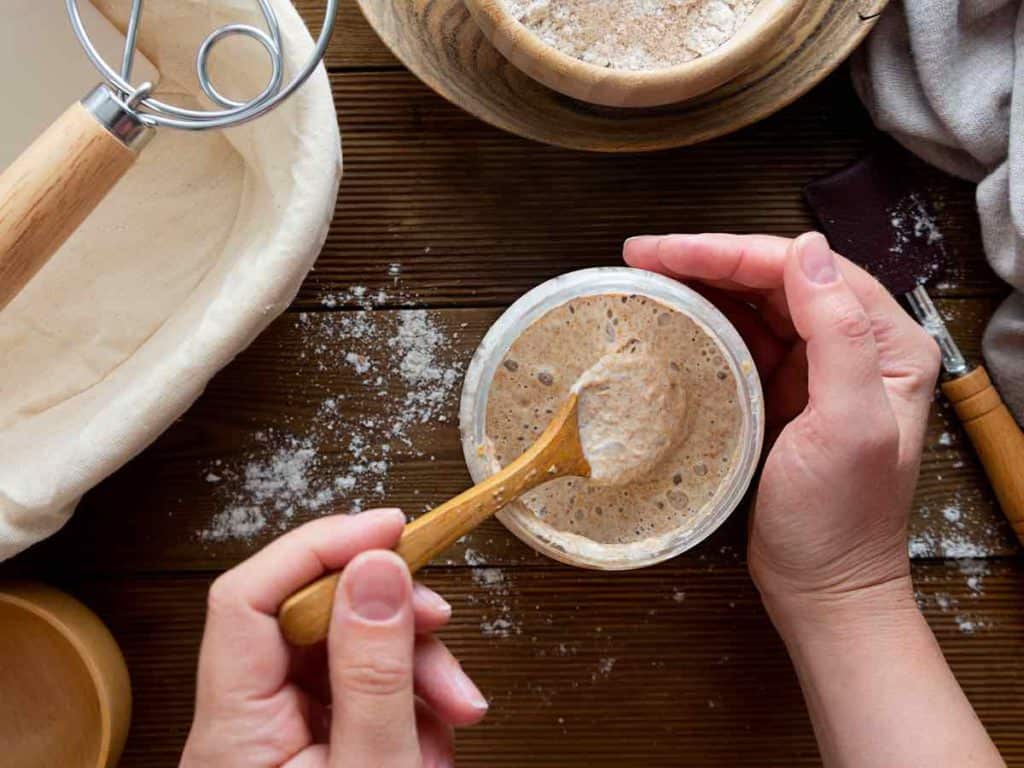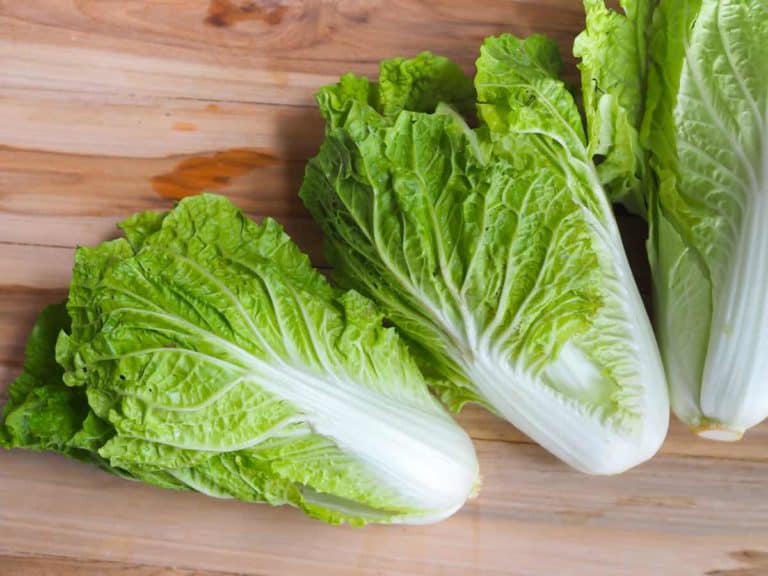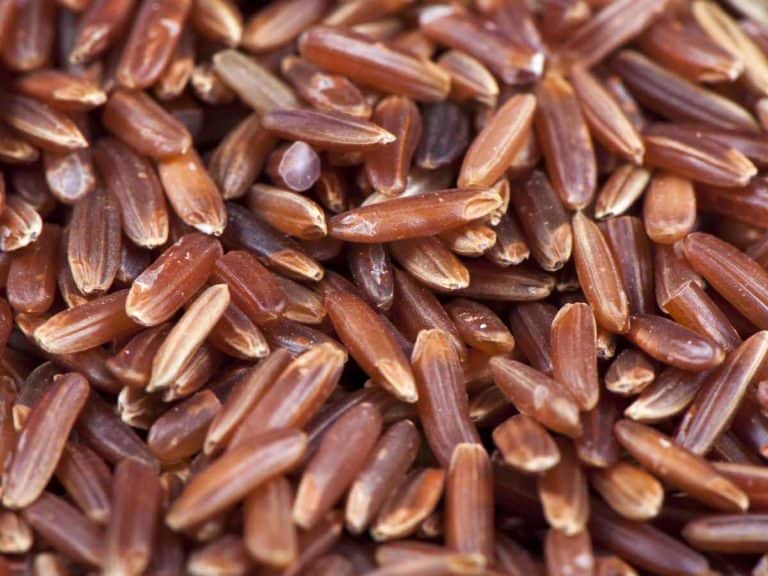Sourdough Starter Smells Like Vinegar? Here’s What To Do!
So you want that authentic, homemade taste and quality in your bread. And that’s why you are making your own sourdough starter. Great! But what if you find a vinegar-like smell coming from your sourdough starter. You will be curious to know the reason behind it.
The sourdough starter smells like vinegar because of the presence of acetic acid. When you feed the starter, the bacteria inside it consume the carbohydrates and produce the vinegar smell. This is a normal phenomenon that usually happens when the flour fed to the starter is changed.
Read on to learn about the ideal smell of a sourdough starter, a troubleshooting guide for the vinegary smell, and the signs that show your sourdough starter has gone bad.

What Should Sourdough Starter Smell Like
Ideally, your starter should have a pleasant yeasty smell. However, note that if it gives a very strong smell, then in such a case, it won’t be a good sign.
However, the vinegary smell is usually normal. It comes because of the production of acetic acid. The good bacteria present in the sourdough starter have probably eaten up all the nutrients in the flour. And now it’s time for you to feed the starter again.
As a general rule, if you constantly keep noticing the sour smell, you can increase the frequency of feeding your sourdough.
How To Fix a Sourdough Starter That Smells Like Vinegar
Here’s how you can fix the issue of vinegar-like smell in your sourdough starter:
- Take the regular sourdough starter that is around 100% hydration.
- In a clean jar, just put a little bit of the regular sourdough starter.
- Add double the amount of feed to the sourdough starter.
- Pour a lot of water into the mixture.
- Stir the mixture properly, cover the jar and leave it
- Repeat the process around 3-4 times, and after a week, you will notice the change in the scent of the starter.
In your sourdough starter, both yeast and bacteria are present. The yeast produces ethanol, which means alcohol and CO2. The dough is inflated because of the CO2 bubbles.
In the case of lactic acid bacteria, there are two types: homofermentative and heterofermentative lactic acid bacteria.
The homofermentative bacteria can only produce lactic acid. But the heterofermentative can produce multiple that includes lactic acid, CO2, and some amount of alcohol.
Also, looking at the bacteria group, mostly heterofermentative, there are two types:
- Aerobic Lactic acid bacteria: They need oxygen
- Anaerobic Lactic acid bacteria: They don’t need oxygen
After you have followed the troubleshooting steps, you might notice a layer of water above the starter (remember I highlighted adding a lot of water to the starter).
Because of this extra layer of water above the starter, the lactic acid bacteria are forced to go into anaerobic mode. By this practice, we also prioritize the bacteria living in anaerobic conditions.
The lactic acid bacteria mainly produces two types of acid, lactic and acetic acid. The lactic acid is what gives the yoghurty smell. In contrast, acetic acid gives a vinegar-type smell.
To produce acetic acid, oxygen is always required. Now in the sourdough starter, we form a water shield top layer above it after we do the troubleshooting. And because of this, not enough oxygen remains available to produce acetic acid.
So by all these, it can be understood that now the lactic acid bacteria won’t produce as much as acetic acid. They will be producing more lactic acid, and that’s how the taste of your sourdough starter will change to normal.
How To Know If Sourdough Starter Has Gone Bad
Usually, a little bit of vinegar-like smell is ok to be noticed in a sourdough starter. However, you need to be careful.
If you notice anything like vomit, strong cheese, or dirty socks, then it is the time when you should toss it away. You don’t need to worry much about the vinegar smell as it would probably come from the good bacteria.
However, if you start noticing a very bad, strong, and intense smell, then it is a sign that bad bacteria could have overwhelmed the good ones in your starter. So when that occurs, you should discard that starter and start again.
Other signs that indicate your sourdough starter has gone bad are when you notice the mold growth when you start showing colors like pink, blue, orange, etc.
Moreover, note that unless you feed your sourdough starter sufficiently at regular intervals, it won’t last. To check if your starter is alive or not, you can start feeding it one or two times a day and continue for a few days.
However, if you don’t notice any activity level after feeding, the chances are that your starter has gone bad.

Sourdough Starter Basics You Need To Know
In the sourdough starter, there is yeast and bacteria.
As you know already, the sourdough starter is formed by fermenting flour and water. It is as simple as that. Rather than buying a packet of yeast from any store, you are basically preparing your own wild yeast.
Once the sourdough starter becomes alive, it becomes like a low-maintenance pet. You have to feed it regularly to ensure the starter remains alive.
You have to feed your sourdough starter. You have to keep adding the mixture of flour and water to the existing starter to keep it alive and fresh.
Your starter will be full of wild yeast, and after a definite period, they will require more food (in this case – flour) to stay alive.
The frequency of feeding your sourdough starter will mainly depend on the temperature. If you keep it on the counter of your kitchen, then roughly, you have to feed your starter about 1-2 times daily or sometimes even more if you are in a warmer region.
However, if you keep your starter in a fridge, you will probably only need to feed it once a week.
Conclusion
In short, unless your sourdough starter smells very pungent or repelling, the chances are that it hasn’t gone bad yet. And you can fix it easily following the steps mentioned earlier in this post.
But do make sure to look for the signs of spoilage so that you don’t end up using a sourdough starter that has already gone bad. So that’s it! Hope this guide has helped you to understand and solve the issue of sourdough smelling like vinegar. Thanks!





